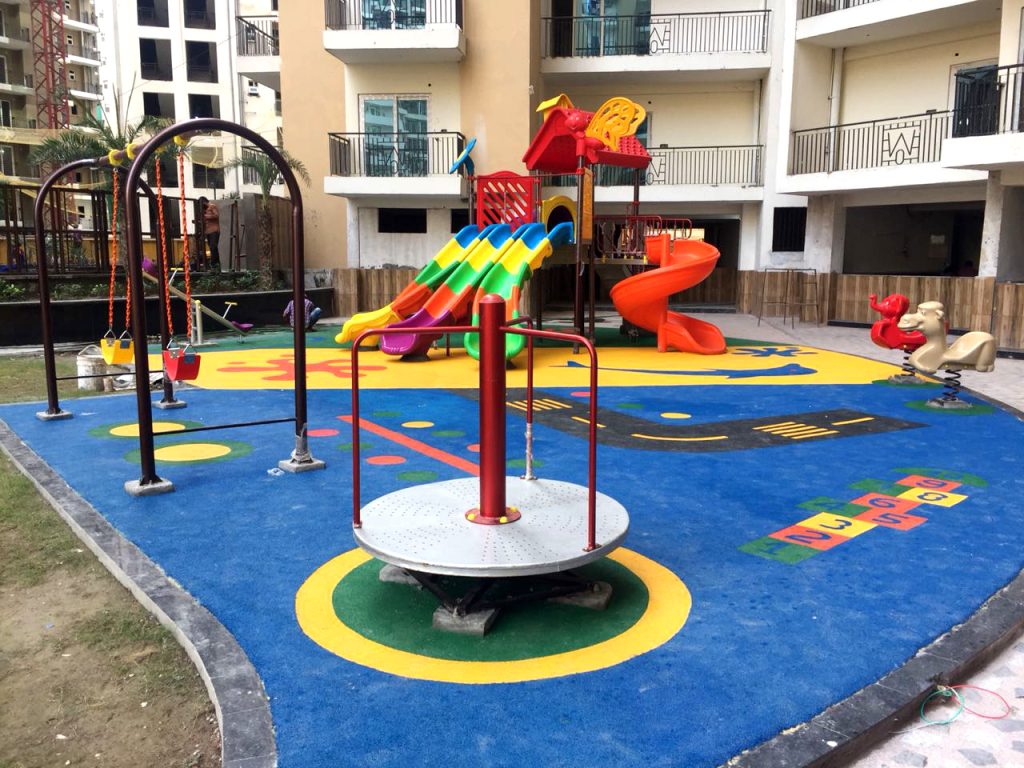Local playgrounds must be according to inclusive play design, providing opportunities for kids of all abilities to play, including those with special needs. When we talk about inclusive playground equipment, we are not only referring to the crucial inclusion of wheelchairs and ramps for kids, but also to a mindset shift that will make the kids feel right at home and like they belong at the playground. To put it another way, there is a feeling of equality.
All-inclusive playground equipment
- Nice lighting, enough color and tone contrasts
Playthings ought to come in a variety of hues and tones. Good backdrop and equipment contrast is crucial; for instance, if a product is positioned next to a green shrub, people with vision impairments should be able to distinguish it from the shrub. Equipment areas and playgrounds ought to be well-lit.
- Ramps
Any ramps on the passageways ought to have a low enough gradient—ideally one with a slope of no more than 6 percent. The ramp needs to have higher edges if there is a possibility of slipping off it.
- Equipment for children
Slides ought to be broad enough to accommodate a companion or guardian for a handicapped person. Wheelchairs should be able to enter playhouses. Each product’s first stage should be more visible thanks to contrasting colors and lighting.
- Supporting poles
Many goods come with poles that can be used as handles or as supports (steps, climbing frames) to help users stay on the apparatus (carousels). A pole needs to be narrow enough for a child’s hand to fit comfortably on it for them to maintain a firm grasp.
When discussing inclusivity and accessibility, we might bring up the topic of happy design. Everyone should become involved in these endeavors to spread happiness.

